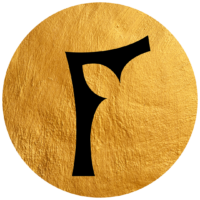San Marco, garden turned piazza

📍 🇮🇹 San Marco, garden turned piazza
One of Venice's oldest sites, after Torcello. Saint Mark's remains were brought here from Egypt in 828 CE - right after Charlemagne's reign ended and when Islamic dynasties began their rise.
Quite fascinating to imagine that this was a garden "with a line of trees each side of a canal" at first (Ruskin), before the Byzantine, Gothic and Renaissance layers were added after a series of destructions, fires and restorations.
Walking there, in Venice’s heart, upon a world-renowned location that bears the name (Mark) of the city's patron saint, one is amazed by its paradoxical emptiness. No statues, no symbols, just arcades for shadows and shops. Venice sends here the message that no individual or generation should disturb its principle of collective governance - a principle to whom its longevity is duly owed. Not even great military leaders such as Bartolomeo Colleone (1395-1475 CE), whose statue you will find at Zanipolo instead (despite his own wishes...).
According to historians, Venice declined when that inclusive system of popular governance was replaced by greater aristocratic control in the 14-15th century CE. Previously, the doge had been introduced on the Piazza (from the Basilica's top floor) with the words: "here is the Doge, if you please". As of 1423, the formula switched to the more brutal: "we have chosen for Doge"...
Venice's richest families slowly closed in on themselves; and the next generations will miss the turning point of the American conquest.
____ Sources ____
>> John Ruskin, “The Stones of Venice”, 1851
>> Elisabeth Crouzet-Pavan, “Venice Triumphant : The Horizons of a Myth”, 2005
